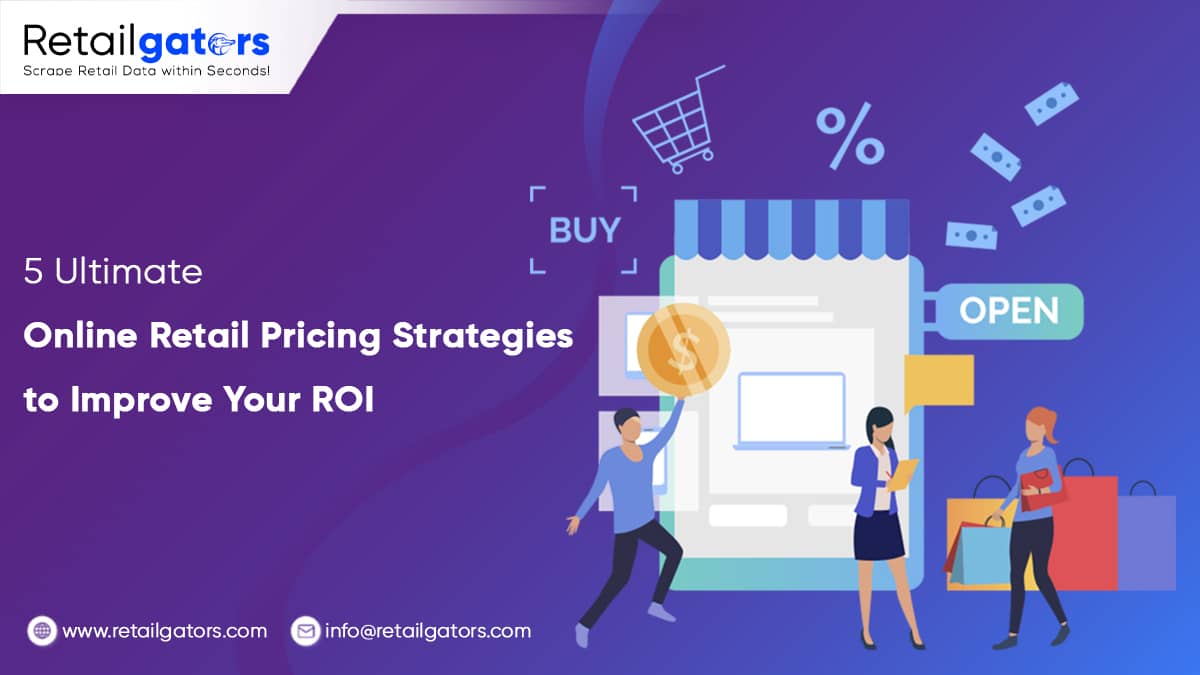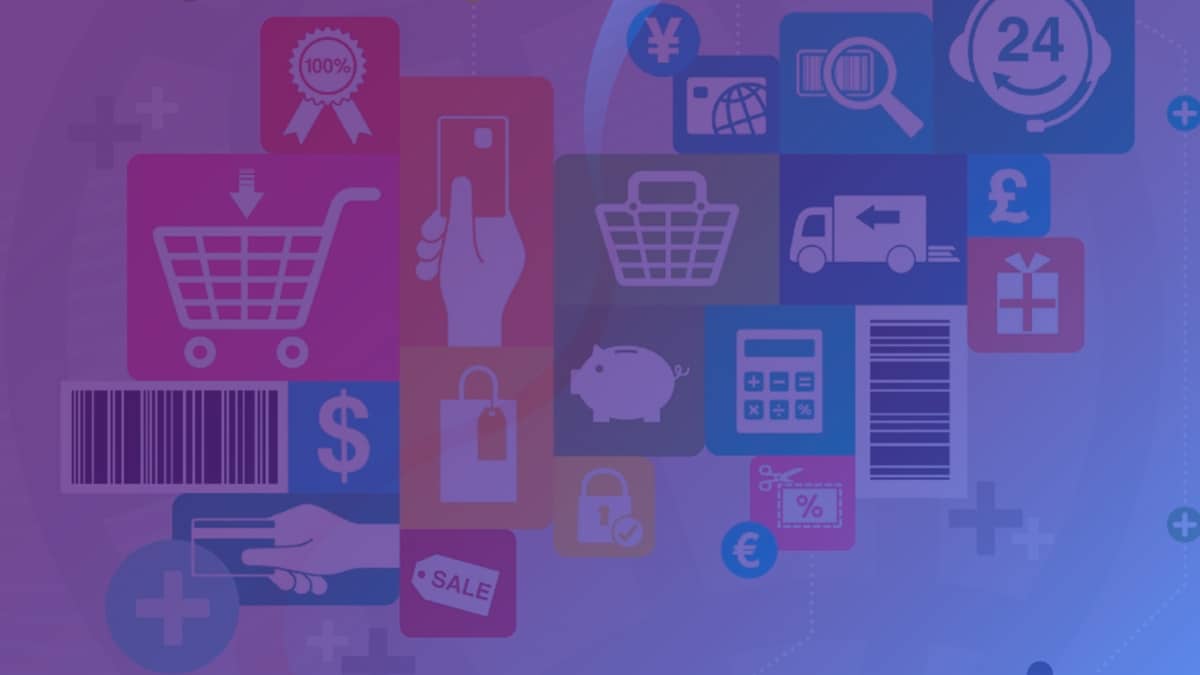
How often did your customers base their buying decisions on your product prices? The number is not insignificant. Many shoppers prioritize quality. However, there are quite a few who prefer more affordable options.
Online stores employ a wide range of pricing. This will attract and retain customers. This is a helpful tactic to remain competitive. In the following paragraphs, we will help you make smarter pricing strategies. This will entice potential buyers to hit that ‘Add to Cart’ button. We have compiled five successful retail pricing strategies. We believe you might learn from them.
1. What is Retail Pricing?

Retail price refers to the price a shopper will pay while buying a product from a retail store. In short, it is the final price your customer pays for a particular item you sell. Usually, customers respond more to lower product prices. They would want to switch to a retailer or manufacturer offering the same or similar thing. It will be a more budget-friendly option.
Several factors determine the retail pricing of an eCommerce store’s products. It is primarily the item cost and the markup percentage you are generating. Keep these two in mind. There are other determinants like transportation and overhead costs. With this, you can set the appropriate pricing formula. This is to meet your desired net profits.
The following formula will help you calculate your ideal retail price -
Retail Price = [(Manufacturing cost of item) / (100-markup percentage)] x 100
Let’s understand this with an example. Suppose your item’s manufacturing cost is $2.00. And you are looking forward to making a net 80% profit. Your retail price should be:
[(2.00) / (100-80)] x 100 = $10.00
Now, you got the drill! Check whether you are getting your prices right.
2. The Significance of Establishing a Clear Pricing Strategy

Your retail pricing can either skyrocket your sales. It can also give you a tough time generating profits. It all depends on how well you strategize your pricing structures. It also depends on how you weigh your manufacturing and other costs with your profit margins. You must also keep your specific business model, type, and industry in mind. This will help while setting your retail product prices.
Besides, you may need to reevaluate your pricing models from time to time. This will depend on market conditions. It is like an increase in raw material costs, higher commissions, and salaries to be paid. Moreover, it is on changes in market demand. In other words, as your business grows, your costs also increase. Hence, the cost per acquisition will also rise.
Let’s take the example of a simple cost-plus pricing strategy. In this, you calculate product prices and the desired markup added over it. This pricing model may work well during the early stages of your business. Therefore, you may need to readjust it with time. It is because it cannot promise you sustainable business growth in the long run.
Is your eCommerce business profitable currently? You must gain vital retail pricing intelligence and insights. You can find them from your competitors’ activities and customer preferences. This will help to remain competitive even after such necessary price changes. Then, plan a futuristic strategy that will help scale your business in the long term. This will help reduce your manufacturing or overhead costs to improve profits. You would still want to explore other opportunities.
3. The Objectives of Retail Pricing

There are other essential pricing objectives and goals to work on. It is besides moving your products faster and generating more profits. For example, a small business may offer introductory prices. They can offer heavy discounts and other tactics to increase their customer base. They can generate more website traffic and increase their market share.
So, do you want to achieve a good market position and brand awareness? Try keeping the following retail pricing objectives in mind.
Profit Generation:
Your retail pricing approaches should be able to ensure profitability. It is in both the short and long term. Focus on maximizing your customers’ lifetime value to gain trust. You can maximize brand loyalty and hence, higher profits.
Increase in Market Share:
Are you aiming to maximize your customer base? Do you focus on brand placement? You can compare your sales with competitors (of the same category or industry). You can leverage a penetration strategy. It involves tapping or lowering your porches. This is also about introducing new products, acquiring competitors, and targeting new markets.
Surviving the Competition:
Staying afloat amid this cutthroat competition is crucial. Therefore, setting the correct prices is vital. Try not to take short-time losses too seriously. They are indicators of higher profits in the years to come. Focus on customer satisfaction and ensure your minimum operational costs are being covered. The rest will automatically fall in place. It is provided you have the right business strategies.
Matching with your Competitors:
Try matching your product prices with competitors selling similar items. You can set a slightly lower price tag than your rival. You can offer other offers and add-on services that your customers will love.
4. 5 Pricing Strategy for Online Retailers

The below-mentioned tried and tested pricing strategies are worth adopting. They can scale your eCommerce business.
"Basket-based" pricing
This is a highly effective pricing strategy. We recommend online businesses try this innovative approach. In a “basket-based” pricing strategy, you entice your customers into purchasing more items. It is especially from a mixed bag. You generally incentivize your customers to try out your recommended or best-selling products.
Your backend system runs a real-time retail pricing algorithm. This is known as the ‘smart cart.’ It is throughout your customer’s browsing and shopping time. Then, this algorithm matches your buyers’ delivery location. It browses your buying histories for selected products with trusted suppliers and stockists. It is an intelligent way to offer customized discounts. It is useful while staying profitable.
Consistently cheaper than the market average
Customers love to shop around for the same product. It is to get the best price, hence a higher number of window shoppers. Most of us have done that as buyers, even though we might be guilt-conscious about this practice! eCommerce stores, therefore, try to keep their prices competitive. It will attract the majority of their potential buyers.
You may not need to implement this if your product is unique. However, if hundreds of other sellers are dealing with the same item, try toning down your price tags. Or, at least consider offering discounts. Keeping track of product prices from numerous websites may take time and effort. However, the use of intelligent technologies can be helpful. A web scraping tool is useful for extracting pricing details. They can compare a particular product from thousands of websites.
Quick-delivery costs
Amazon is the best example here, as it has mastered the strategy of quick delivery. It has records of being one of the fastest-delivering eCommerce sites. It includes same-day, 1-day, or 2-day order fulfillment. It also fits in exchange for add-on premium plans, such as Amazon Prime. You can employ the quick shipping pricing model. This will help to maximize profits and expand your customer base.
Loss Leader pricing approach
This is a great way to increase your returning customers. Examples include Amazon, eBay, Walmart, etc. The loss leader pricing approach is essential. It is about keeping the prices of certain items lower than that of the competitors. As a result, you can -
- Build customer loyalty
- Convert window shoppers into paying customers
- After building brand awareness, buyers would buy high-priced products.
Real-time price optimization technique
The real-time process optimization approach comes in handy. It is helpful while determining the price points at which your products are moving out. Using this technique, you can beat the competition. This is possible by creating out-of-stock or limited-stock situations. It increases the urgency among customers to purchase a product. They are the ones that might have been lying in their carts for a long time. Furthermore, out-of-stock situations also give eCommerce stores an ideal opportunity. They can raise their product prices.
Conclusion
In concussion, your pricing strategies can make or break your online business. Try adopting the above tactics to remain competitive and boost your profitability. So, explore the possibilities of retail pricing analytics. It will help to gain intelligent business data. It will make real-time price comparisons to boost your sales.








Leave a Reply
Your email address will not be published. Required fields are marked